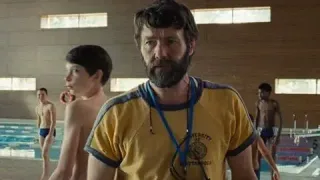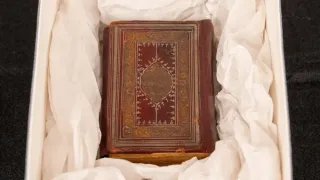January 22, 2025
Davin Youngs Wants to Immerse You in 'The Reset'
Kilian Melloy READ TIME: 8 MIN.
Recording artist Davin Youngs does more than sing and make music; he also offers an experience in "sound bathing," a soothing (and even healing) immersion in an acoustic presentation that's improvisational, though built around pre-recorded electronic beats.
Sound is, of course, an essential part of various spiritual and meditative practices, from the use of a singing bowl to the chants of Tibetan monks (or, for that matter, the Gregorian monks who contributed fundamentally to our contemporary conceptions of music). In conversation with EDGE, Youngs discussed the effect that sound can have on brainwaves, inducing a state of deep relaxation and opening the door to different perspectives on the world and on one's own self.
"One of the most common things is that people get new ideas, or they catch new glimpses of themselves," Youngs told EDGE. "I think this goes back to brainwave function, that when you allow yourself the space to get outside of the small thinking of your day there's a new possibility that will emerge. Sometimes that can be like reconciliation, like letting go of past trauma."
That seems apt for a presentation titled "The RESET," which is the event Youngs will be offering at two times – 12 noon and 4:00 pm – this coming Saturday, January 25, at the Huntington Theatre. Indeed, a mental or spiritual "reset" is exactly what the hourlong experience is ideally intended to facilitate.
Explained Youngs, "We don't realize how the baggage that we're carrying around weigh us down."
"Davin masterfully weaves a tapestry of sound using improvisational singing, looping devices, crystal-singing bowls, tuning forks, and other overtone-emitting instruments," notes on the presentation explain. "Layer upon improvised layer will guide you through a sonic landscape into the far reaches of your mind."
It sounds truly relaxing. But for some, the experience goes beyond a mental refresh. "Many times, people will say, 'You know, I caught a glimpse of a deceased loved one, and I felt their love and their presence,'" Youngs related. "I'm not channeling that intentionally. That's not my gift or my skill. But I'm so honored to be able to create a space that allows for that to happen."
Youngs dove deeply into the concept of the "sound bath," how it relates to music and theater, and what participants in Boston might expect to experience this coming weekend from "The RESET."






